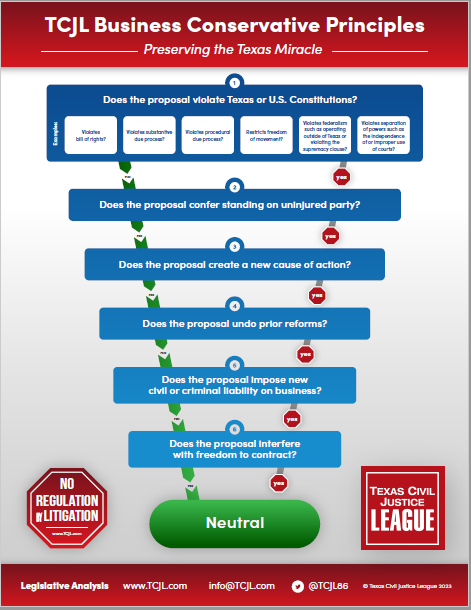 The Austin Court of Appeals has allowed a suit filed by a visitor to the city’s pet adoption center who was attacked and bitten by a dog on display at an adoption event and fundraiser.
The Austin Court of Appeals has allowed a suit filed by a visitor to the city’s pet adoption center who was attacked and bitten by a dog on display at an adoption event and fundraiser.
City of Austin v. Katherine Michelle Miller (No. 03-24-00385-CV; May 1, 2025) arose from a personal injury lawsuit brought by Miller alleging that she was bitten by a dog at a public adoption event hosted by city’s Austin Animal Center. The city filed a plea to the jurisdiction, which the trial court denied. The city sought interlocutory relief.
In an opinion by Justice Crump, the court of appeals affirmed in part and reversed in part. Plaintiff argued that if the city were a private individual, it would be strictly liable for injury caused by a dangerous domestic animal. Consequently, the city waived its immunity under § 101.021(2), CPRC (injury arising out of a condition or use of tangible personal property), because it knew that the dog had abnormally dangerous propensities (it had previously been aggressive to humans and other dogs) and that its handler had failed to muzzle and adequately leash the dog to prevent it from attacking patrons. She contended that the dog’s dangerous propensities constituted a “condition” of personal property that caused her injuries. Looking to SCOTX authority, the court noted that for immunity to be waived under § 101.021(2), “injury or death must proximately caused by the condition or use of tangible property” (citing Dallas Cty. Mental Health & Mental Retardation v. Bossley, 968 S.W.2d 339, 343 (Tex. 1998). The court determined that the statute did not “clearly and unambiguously waive liability for strict-liability claims” and that the required showing of proximate causation, “foreclosing the subsection’s waiver of liability for strict-liability claims.”
As to Plaintiff’s contention that the city would be liable if it were a private individual, the court considered whether her claims were waived under the statute if she pleaded facts “sufficient to trigger waiver of the City’s immunity . . . for her common-law negligence claims.” Plaintiff alleged that the city “used” the dog “by selecting and publicly displaying [it] on the Center’s front lawn ‘to entice individuals to visit the shelter, thereby garnering not just adoptions, but donations as well.’” Observing SCOTX’s definition of “use” to mean “to put or bring into action or service; to employ for or apply to a given purpose” (citation omitted), the court applied an “entirety of the circumstances” to determine that “the City put the dog into service and employed it for the purpose[s]” recited in Plaintiff’s pleading. “In other words,” the court wrote, “the City used the dog to carry out the performance of its animal-control duties, including to find homes for pets, and to attract the public in that effort.” Given that city employees allegedly knew of and documented the dog’s previous aggressive behavior, including an incident that occurred minutes before Plaintiff arrived on the scene, the court “conclude[d] that [Plaintiff] has alleged a waiver of the City’s immunity under the ‘use’ prong in subsection 101.021(2).
Turning to the proximate cause issue, the court found that Plaintiff “sufficiently alleged that the City’s use of [the dog] to attract the public to its adoption event proximately caused [Plaintiff’s] injuries resulting from [the dog’s] attack.” The attack during the event and in close temporal proximity to the dog’s aggression toward another animal, despite which the dog’s handler allowed the dog to remain on display, unmuzzled, with a leash long enough to permit the attack. Under these circumstances, the dog’s appearance at the event was a substantial factor in bringing about Plaintiff’s injury and a “but-for” cause of the injury. Plaintiff likewise alleged sufficient facts to support a conclusion that the attack and Plaintiff’s injuries were foreseeable. Plaintiff’s “use” claim thus came within § 101.021(2)’s waiver of immunity. The court thus affirmed the trial court’s denial of the city’s plea to the jurisdiction with respect to that claim.












